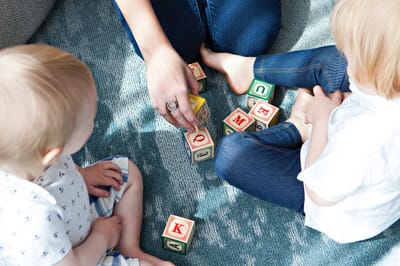ABA

Some important aspects of ABA therapy include:
- Treatment across multiple environments and people: skills cannot be considered learned unless they are taught and practiced in multiple environments (e.g. clinic, home, community, etc) and with different people (e.g. therapists, parents, siblings, grandparents, teachers, etc). Parent Participation: parent involvement in their child's therapy is crucial to their success.
- Parents are involved in training, learning the techniques used to teach and change behavior.
- Trained staff: all staff working with your child are highly trained in behavior analytic principles and receive ongoing supervision with the client by Board Certified Behavior Analysts.
- Data-driven decisions: All decisions about treatment are made based on data that is continually taken and assessed periodically to ensure that progress continues to be made. Interested in services or want to learn more information, click here to learn how to get started and here to contact us.